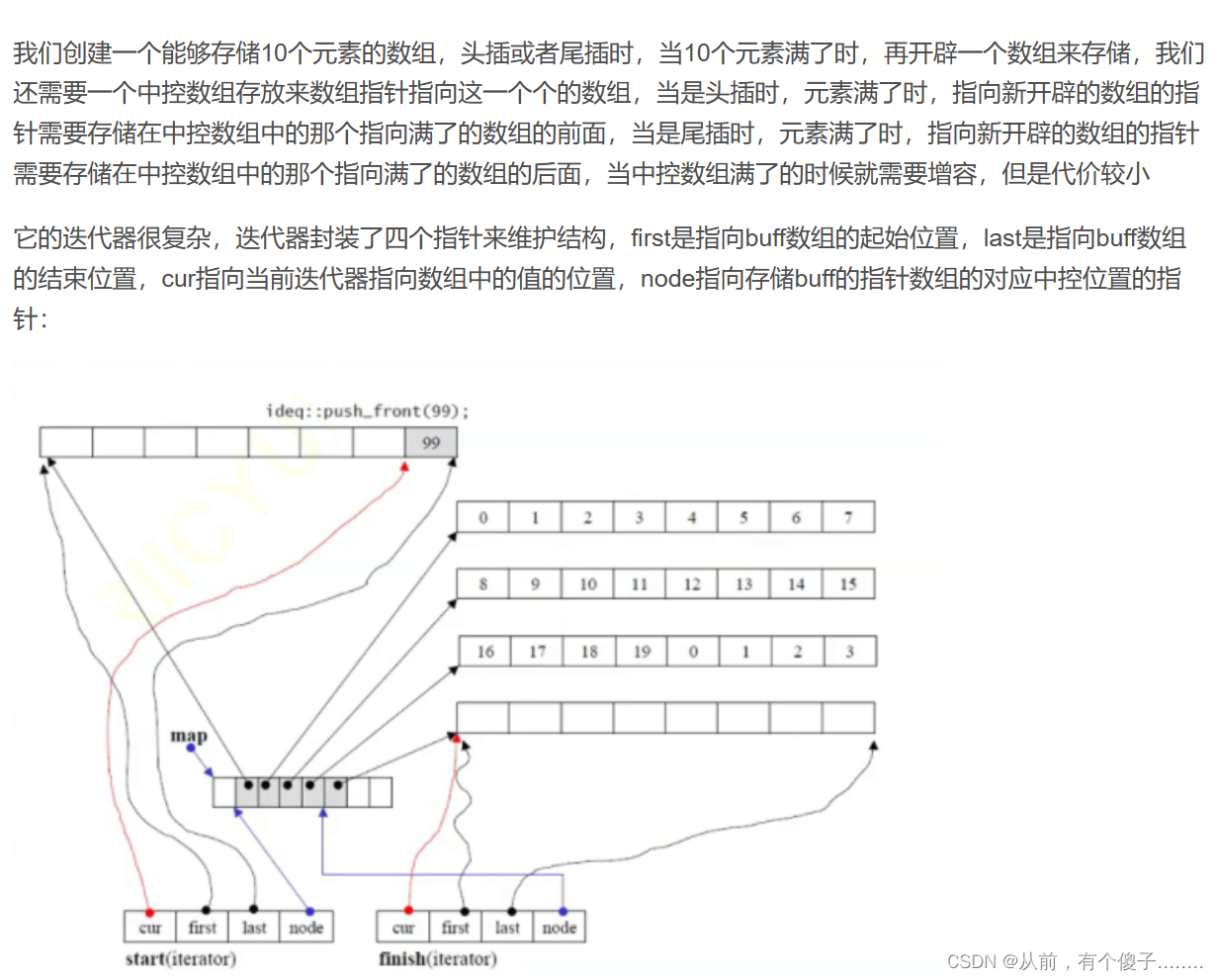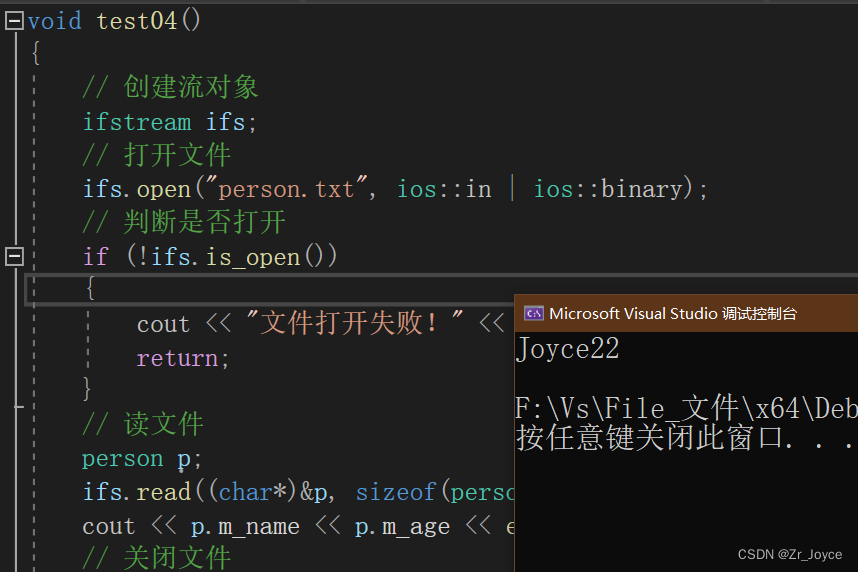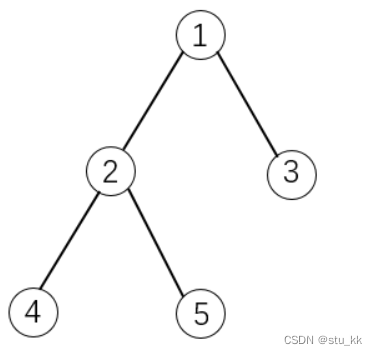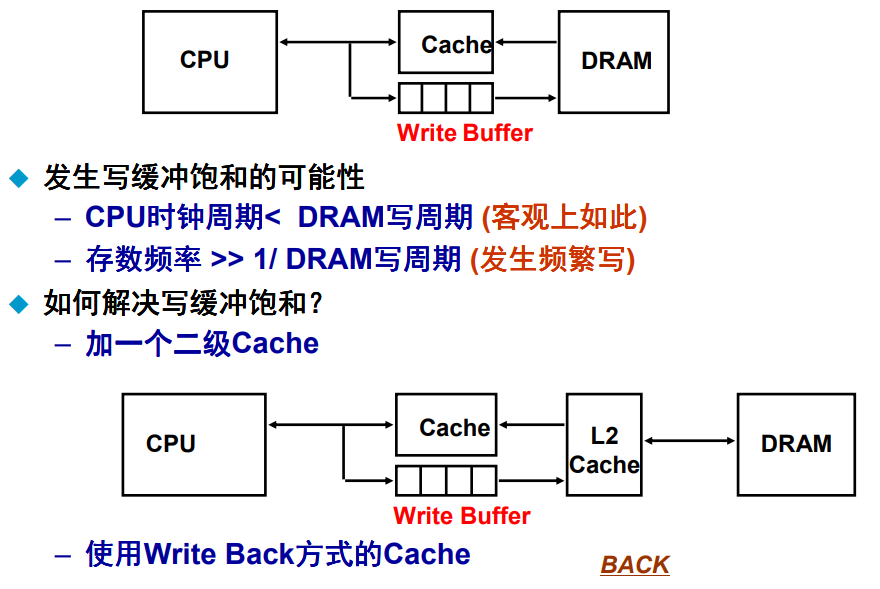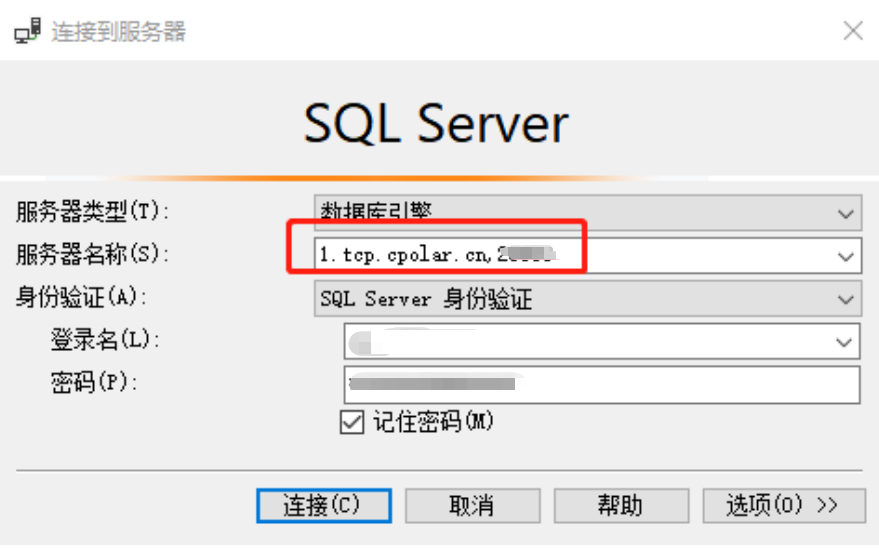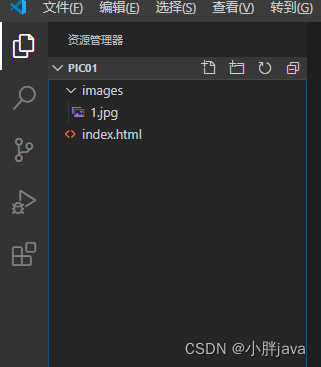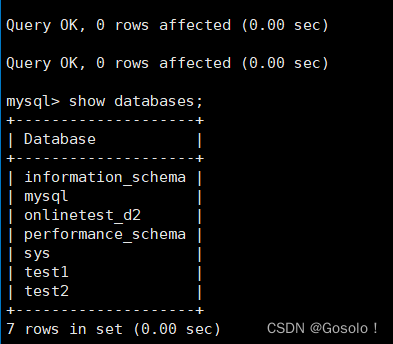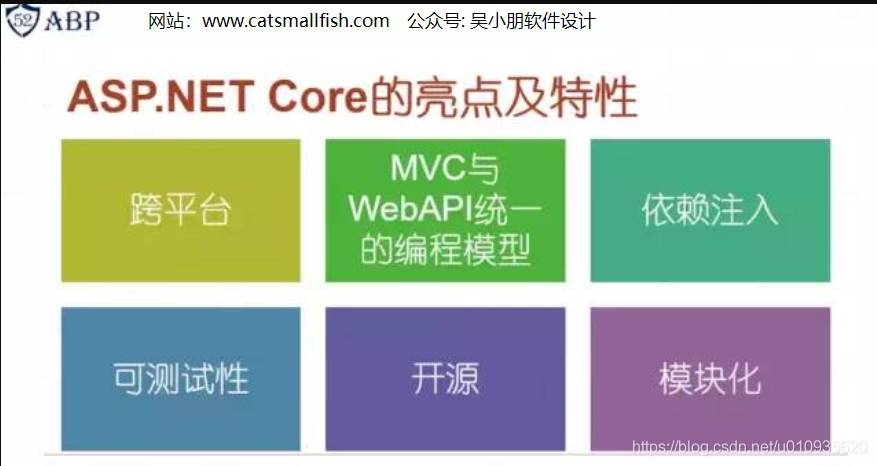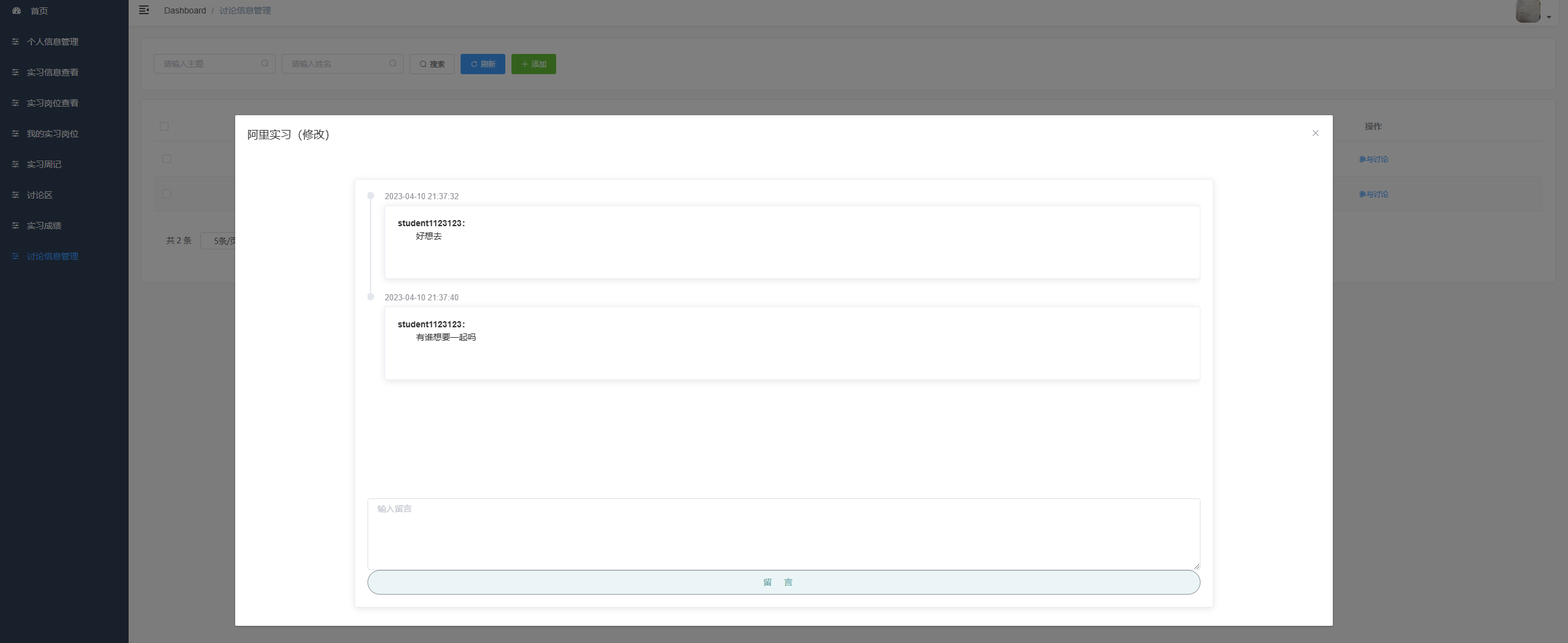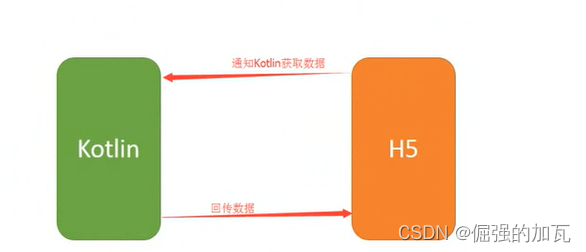配置路由
| app.UseEndpoints(endpoints => { endpoints.MapControllerRoute( name: "default", pattern: "{controller=Home}/{action=Index}/{id?}"); }); |
在视图中使用路由
![]() 页面跳转常用的路由设置
页面跳转常用的路由设置
| 标签属性 | 描述 |
| asp-action | 指定控制器的action方法 |
| asp-controller | 指定控制器 |
| asp-route-xxx | 指定xxx片段值 |
| asp-protocol | 指定协议 (例如: https) |
| asp-host | 指定服务器名称 (例如:baidu.com) |
| asp-fragment | 指定锚点 |
| asp-route-area | 指定区域片段变量的值 |
完全约束住的URL
| <a asp-action="Index" asp-controller="Home" asp-route-id="Hello" asp-protocol="https" asp-host="myserver.mydomain.com" asp-fragment="myFragment"> 完全约束住的URL </a>
html源码显示: <a href="https://myserver.mydomain.com/Home/Index/Hello#myFragment"> |
忽略片段
| @*路由系统知道应用程序中的路由默认使用Index方法,所以生成的Html忽略了不必要的片段变量*@ <a asp-action="Index" asp-controller="Admin">跳转过Admin控制器的Index方法</a>
html源码显示: <a href="/Admin">跳转过Admin控制器的Index方法</a> |
定位操作方法
| @*因为在控制器中使用了Route特性*@ <a asp-action="Index" asp-controller="Customer">跳转过Customer控制器的Index方法</a>
html源码显示: <a href="/app/Customer/actions/Index">跳转过Customer控制器的Index方法</a>
为什么会这样?因为控制器使用了Route特性: [Route("app/[controller]/actions/[action]/{id:weekday?}")] public class CustomerController : Controller { } |
非链接的URL:标签助手
| <p>URL:@Url.Action("CustomVariable","Home",new{id=100})</p>
html源码显示: <p>URL:/home/customvariable/100/</p> |
命名路由
| Startup配置路由: endpoints.MapControllerRoute( name: "out", pattern: "outbound/{controller=Home}/{action=Index}");
视图使用: <a asp-route="out">匹配路由列表中name为out的路由</a>
html源码显示: <a href="/outbound">匹配路由列表中name为out的路由</a> |
